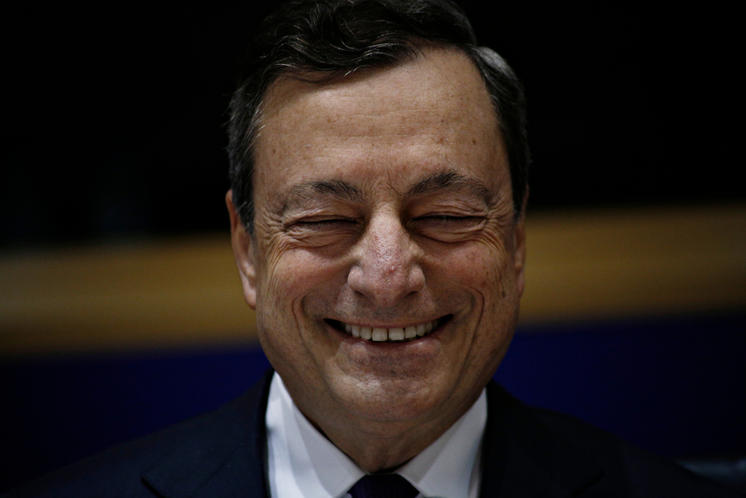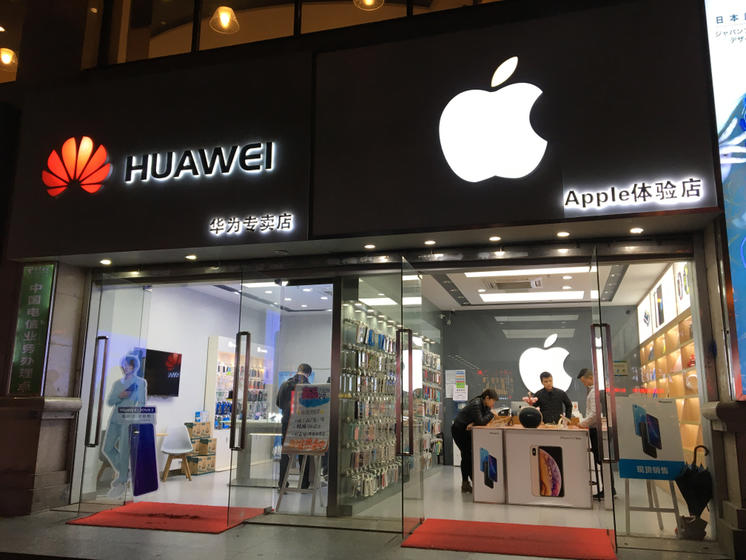Weekly Thoughts by Mirabaud Securities - 21 June 2019



Financial markets seem to have a great deal of confidence in the effectiveness of central bank monetary policy — in the sense that by keeping interest rates low, or bring interest rates down, the economies will keep expanding and asset prices, in particular, will keep rising. This week was another confirmation of the positive relationship between the interest rate expectations and the stock prices. S&P 500 hit new record highs yesterday and the Nasdaq is only 1 percentage away from it. In Europe, a nice rebound also occurred (the Italian MIB and the CAC40 being the indexes with the biggest rebound). The MSCI World Equity Index, which tracks shares in 47 countries, gained 1.5% on the prospects of further stimulus, heading for a third day of gains. In Asia, MSCI’s broadest index of Asia-Pacific shares outside Japan rose 2.7%, led by gains in China.

The Swiss National Bank (SNB) has said it is prepared to intervene in currency markets if it deems that the Swiss franc has gained too much strength. Since April, the Swiss franc has appreciated about 2.5 percent against the euro, creating a drag on the export-led Swiss economy. Given the global context and the probable monetary easing by other major central banks, the most interesting question now is what the SNB will do if the Fed or the ECB reduced their key interest rate. The dollar was week against every G10 members. The Norwegian krone, the Canadian dollar and the Swiss franc were the biggest gainers (vs. dollars). In emerging markets (still vs. dollars), none were losers as well. The South African rand, the Turkish lira, the South Korean won and the Russian rubble were the biggest gainers.

In an astonishing reversal from the last ECB conference, Mario Draghi announced that the central bank would ease policy again if inflation fails to accelerate, saying that fresh bond purchases, rate cuts or changes to the ECB’s policy guidance had all been “raised and discussed” at a meeting of the Council less than two weeks ago. Rate-setters had not expected such a strong message and there was no consensus on the path ahead. Some sources said the possibility of a rate cut or fresh asset buys had been mentioned last month only in passing and there had been no substantive discussion as the focus had been on a fresh package of loans.
A further escalation of the global trade war since Draghi’s message after the June rate meeting and a string of bad economic indicators (low inflation in May) also suggested that many of the risks were already materialising, forcing Draghi to strengthen his message. However, this posed some issues. After buying 2.6 trillion euros’ worth of bonds between 2014 and 2018, the ECB is already close to owning a third of the public debt of countries such as Portugal and Germany…

The Persian Gulf region has turned into a hot new point in the Middle East. On May 12, a supposed sabotage attack targeted a very large crude carrier Amjad and crude tanker Al Marzoqah (both owned by Saudi shipping firm Bahri). The UAE-flagged fuel bunker barge A Michel and Norwegian-registered oil products tanker MT Andrea Victory were also targeted, all off of UAE’s Fujairah. The attack did not cause any casualties or an oil spill. Mainstream media outlets came out with various speculations regarding the incident providing contradictory claims from ‘anonymous sources’. Most of these speculations focused on supposed Iranian involvement in the situation. On June 16, Central Command claimed that Iranian forces attempted to shoot down an MQ-9 Reaper drone in the Gulf of Oman hours before the attack on the tankers. Rising tensions in the Persian Gulf region allow the Trump administration to continue exploiting the “Iranian threat” to justify its internal and foreign policies. In terms of foreign policy, it gives the US an additional justification to boost its military and diplomatic presence in the Middle East.

Since the trade war began last year, analysts have been closely parsing every production-related decision by Apple and its suppliers, seeing them as bellwethers of the global consumer-tech industry: will the American tariffs permanently restructure the global supply chain? Increasingly it is looking that way. Indeed, shorty after a Foxconn executive warned that the largest manufacturer of iPhones in mainland China was ready to help Apple shift production elsewhere, Nikkei reports that suppliers for iPhones, iPads, MacBooks and Apple Ear Pods have all drawn up plans to move 15%-30% of production outside of the mainland, with India, Vietnam, Mexico and Malaysia looking like the top alternatives. The US was not mentioned…. Key iPhone assemblers Foxconn, Pegatron, Wistron, major MacBook maker Quanta Computer, iPad makers, Compal Electronics, and AirPods makers Inventec, Luxshare-ICT and Goertek all have been asked to evaluate options outside of China, multiple sources say. Many other Apple suppliers such as print circuit board and casing providers are closely monitoring where these major assemblers would shift their production.
Tomorrow’s diseases / The Swiss stock exchange under threat / Fed meeting / Can Trump legally fire Powell?
Please feel free to ask for more information if interested.
SWOT stands for Strengths, Weaknesses, Opportunities and Threats, the French equivalent of FFOM analysis (Forces, Faiblesses, Opportunités et Menaces). While SWOT analysis can be used to develop a company's marketing strategy and evaluate the success of a project (by studying data sets such as company's strengths and weaknesses, but also competition or potential markets), I decided several years ago to adapt it as a way to analyse financial markets. SWOT analysis allows a general development of markets by crossing two types of data: internal and external. The internal information taken into account will be the strengths and weaknesses of the market. The external data will focus on threats and opportunities in the vicinity. Finally, and most interestingly, there is a table that will evolve according to current events, which will allow it to reflect the underlying trend in the financial markets on a weekly basis.
This publication is prepared by Mirabaud. It is not intended to be distributed, disseminated, published or used in any jurisdiction where such distribution, dissemination, publication or use would be prohibited. It is not intended for people or entities to whom it would be illegal to send such publication.
Read more
Author
Continue to
